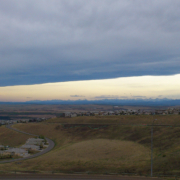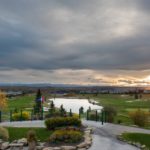What is Xeriscaping?
Xeriscaping is the practice of designing our boulevards, parks, and islands in such a way as to use as little water as possible. By using native plants, naturalized plants, trees, ground covers, and other features we can create environmentally friendly, attractive, efficient, and cost-effective outdoor space.
- Download more information in PDF format.
What’s Involved in Transitioning to Xeriscaping Landscaping?
Xeriscaping involves the use of multiple strategies to create environmentally friendly and climate appropriate landscapes that are aesthetically pleasing. These can include:
Use native & naturalized plants:
- Perennials
- Shrubs
- Plants providing nectar, seeds and berries for pollinators, insects, birds, animals and people
- Adapted to local climate
Plant trees to:
- Provide shade that helps retain ground moisture
- Act as a wind buffer
- Create natural air conditions in the summer
- Control soil erosion
- Increase property values
Use groundcovers to:
- Reduce/eliminate mowing requirements by replacing grass with mulch, decorative stones, and low-growing plants like fescues or micro- clover
- Retain moisture, reduce maintenance, eliminate irrigation, and save money
Foster sustainable water use by:
- Reducing run-off, maximizing absorption
- Encouraging water conservation, re use
- Minimizing water loss and waste
Reduce maintenance by:
- Minimizing lawn mowing, trimming, pruning, and cultivating etc.
- Mulching leaves in the fall
- Reducing or eliminating pesticides/ herbicides
- Using natural fertilizers
- Reducing noise, lowering costs, and enabling re-allocation of funds









